Blockchain
EstateX and Melia Hotels Partner to Tokenize Luxury Resorts, U.S. Investors Flock After First Offering Sells Out in 5 Minutes

EstateX, the property tokenization platform which allows people to invest in real-estate for as little as $100, has signed a strategic tokenization partnership with global hospitality leader Melia Branded Resorts in Cape Verde to bring a luxury beachfront resort in Cape Verde on-chain as its second U.S. property offering. This follows the overwhelming success of the first U.S launch, which sold out in 5-minutes, and a recent record 323ml FDV token launch. The offering is facilitated in collaboration with DNA Fund, co-founded by blockchain veteran and USDT co-founder Brock Pierce.
Melia, a globally recognized hospitality brand, has 300+ hotels across 30+ countries. This agreement unlocks significant opportunities for tokenizing high-value resort properties, enabling retail and institutional investors to access luxury real estate through fractional ownership and smart contract infrastructure built on the EstateX blockchain.
Bart de Brujin, co-founder of EstateX said: “Melia’s global presence and commitment to innovation align perfectly with our vision for a more inclusive and efficient property investment ecosystem.”
Steve Craggs, the newly appointed Web2 CEO of EstateX and former CEO of RE/MAX England & Wales said: “This partnership and offering are part of our blueprint to make premium real estate accessible on-chain with the speed, liquidity, and transparency Web3 investors expect.”
Charlie King (Chief Operating Officer of Melia Branded Hotels and Resorts – Cape Verde) said: “As operator of several Meliá branded hotels in Cape Verde we are delighted with this new partnership with EstateX. They are bringing a very unique opportunity for ownership shares in prime luxury beachfront hotel properties through their highly innovative model.”
EstateX’s unique approach blends deep industry partnerships, cutting-edge AI, and a fully integrated blockchain ecosystem to redefine how real-world properties are accessed, tokenized, and traded on-chain. They recently announced their roadmap, which focuses on expanding global property listings, launching their RWA-native L1 blockchain, and scaling AI adoption across the real estate investment lifecycle.
About EstateX
EstateX is a next-generation Web3 platform revolutionizing real estate through tokenization, AI-powered financial tools, and blockchain infrastructure. By enabling fractional property ownership and seamless on-chain access to global real estate, EstateX is redefining how the world invests.
Website: https://estatex.eu
Accumulate $ESX: https://estatex.eu/token
Blockchain
PressX Positions Itself as a Decentralized Media Layer for Web3 Communication
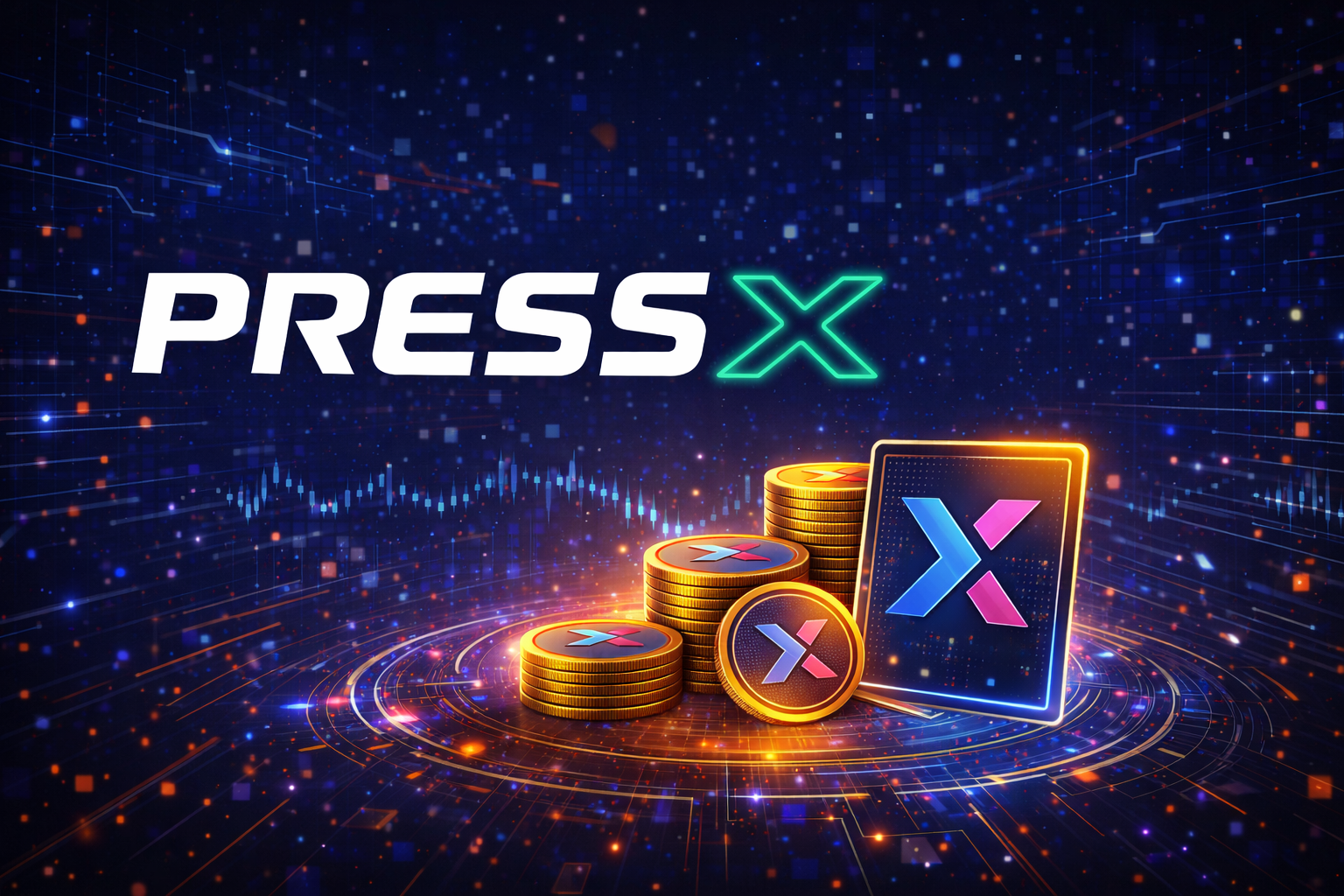
PressX is emerging as a decentralized media and communications protocol designed to address one of Web3’s persistent challenges: how projects distribute verified information without relying on centralized platforms. Built around the PRESSX token, the protocol aims to create an on-chain alternative to traditional press distribution, influencer marketing, and paid media exposure.
As blockchain projects continue to scale globally, demand for transparent, censorship-resistant communication tools has increased. PressX is positioning itself at the intersection of crypto media, decentralized publishing, and token-based incentives.
What Is PressX and What Problem Does It Solve?
PressX is designed as a Web3-native press and content distribution ecosystem. Instead of relying on centralized news outlets or social media platforms, projects can publish announcements, updates, and campaigns directly through the PressX network.
Content distribution on PressX is structured to be verifiable and immutable, reducing the risk of misinformation, paid manipulation, or off-chain content removal. For readers and participants, the system offers clearer visibility into sponsored content versus organic announcements.
This model aims to benefit both early-stage projects seeking exposure and audiences looking for transparent crypto news signals.
How the PRESSX Token Fits Into the Ecosystem
The PRESSX token plays a central role in the platform’s incentive structure. It is used for content promotion, visibility boosting, and access to publishing tools within the ecosystem. Projects may stake or spend PRESSX to distribute announcements, while contributors and validators can be rewarded for engagement, verification, or moderation activities.
By using a tokenized model, PressX attempts to align incentives between publishers, readers, and platform operators. Rather than relying on opaque advertising models, value flows directly through on-chain interactions.
This structure also allows market dynamics to determine which announcements receive attention, rather than centralized editorial decisions.
Decentralized Media as a Growing Web3 Narrative
PressX enters the market at a time when decentralized alternatives to Web2 infrastructure are gaining traction. As social platforms increase moderation, algorithmic filtering, and monetization pressure, many crypto-native projects are exploring permissionless communication layers.
Decentralized finance, NFTs, and DAO governance all depend heavily on timely, trusted information. PressX positions itself as a supporting layer for these sectors by offering a neutral publishing and discovery mechanism.
The protocol’s focus on transparency may appeal to users who want clearer distinctions between marketing, announcements, and independent commentary.
Market Context and Early Positioning
PRESSX remains an early-stage asset, and like many Web3 infrastructure tokens, its adoption will depend on real usage rather than speculation alone. Key factors to watch include onboarding of crypto projects, publisher participation, and sustained on-chain activity.
If PressX succeeds in attracting consistent press flows and community engagement, it could carve out a niche as a decentralized alternative to traditional crypto media distribution.
At the same time, competition in Web3 infrastructure is intense, and long-term relevance will depend on execution, governance design, and ecosystem growth.
Looking Ahead
PressX reflects a broader shift toward decentralizing not just finance, but information itself. As crypto markets mature, demand for transparent communication tools is likely to grow alongside regulation and institutional participation.
Whether PressX becomes a core media layer for Web3 or remains a specialized tool will depend on adoption and trust. For now, it represents an experiment in how crypto projects communicate in an increasingly on-chain world.
Blockchain
Aussie Dollar Token Positions AUD-Backed Stablecoin for On-Chain Payments and DeFi Use

Aussie Dollar Token is emerging as a regional stablecoin initiative designed to bring the Australian dollar onto blockchain networks through a regulated, asset-backed digital token. The project aims to provide a reliable on-chain representation of AUD for payments, settlements, and decentralized finance applications, as demand grows for localized fiat-pegged digital assets beyond USD-based stablecoins.
AUD-denominated stablecoins have historically been underrepresented in the digital asset market. Aussie Dollar Token seeks to address that gap by offering a blockchain-native settlement asset pegged to the Australian dollar, allowing users to transact, hedge, and deploy capital without exposure to crypto market volatility.
How Aussie Dollar Token Works
Aussie Dollar Token is structured as a fiat-backed stablecoin, with each token designed to maintain a one-to-one peg with the Australian dollar. The project emphasizes transparency, reserve backing, and operational compliance as core principles, positioning AUDX as a practical financial instrument rather than a speculative asset.
By operating on public blockchain infrastructure, the token enables near-instant settlement, reduced transaction costs, and interoperability with decentralized applications. This design allows AUDX to function across use cases such as peer-to-peer payments, merchant settlements, treasury management, and DeFi liquidity provisioning.
Why AUD-Based Stablecoins Matter
While USD-pegged stablecoins dominate global liquidity, regional fiat-backed tokens are gaining attention as governments, businesses, and institutions seek localized digital payment rails. For Australian users and Asia-Pacific markets, an AUD-denominated stablecoin reduces currency conversion friction and simplifies cross-border transactions involving Australian businesses.
AUDX also offers a potential hedge against foreign exchange exposure for users operating primarily in AUD, making it particularly relevant for enterprises, fintech platforms, and Web3 services targeting the Australian economy.
DeFi and Payments Expansion Strategy
Aussie Dollar Token is positioned to support decentralized finance activity by serving as a stable settlement asset for lending, trading, and yield strategies. In DeFi environments, stablecoins are critical for liquidity pools, collateral frameworks, and on-chain accounting. An AUD-native option expands these capabilities beyond USD-centric ecosystems.
In payments, the token’s utility lies in its ability to move value quickly without relying on traditional banking rails. This could support use cases ranging from payroll and remittances to merchant payments and digital commerce.
Regulatory Focus and Market Positioning
Stablecoin regulation remains a central issue globally, and AUDX’s framework reflects a growing emphasis on compliance, reserve transparency, and issuer accountability. As regulators scrutinize stablecoin issuers more closely, projects aligned with clear governance structures may gain an advantage in institutional adoption.
The presence of Aussie Dollar Token in the broader stablecoin landscape highlights a shift toward multi-currency digital finance, where localized fiat tokens coexist alongside dominant USD-based assets.
As adoption of blockchain-based payments accelerates, AUD-denominated stablecoins like AUDX could play an important role in bridging traditional finance with decentralized infrastructure, particularly within the Australian and Asia-Pacific markets.
Blockchain
Bearly Legal (BEARLY) Draws Attention as Meme Coin Leans Into Community and Branding

Bearly Legal (BEARLY) is gaining visibility in the crypto market as meme-driven assets continue to evolve beyond short-lived hype cycles. While many meme coins struggle to maintain relevance after launch, Bearly Legal is positioning itself around strong branding, humor-based identity, and active community participation—key ingredients that have historically supported longer-lasting meme ecosystems.
The project taps into the growing demand for personality-driven tokens that prioritize cultural appeal alongside trading activity. As interest around BEARLY increases, traders are closely watching whether the token can sustain engagement during periods of broader market volatility.
Community Momentum Fuels Bearly Legal Activity
Community engagement remains one of the strongest indicators of survival for meme coins, and Bearly Legal appears to be building steadily on that front. Social participation and holder interaction suggest that BEARLY is attracting users who are invested not just in price action, but also in the project’s identity and messaging.
Brand recognition plays a critical role in this phase. Bearly Legal’s distinctive name and visual theme help it stand out in a crowded meme coin landscape where differentiation is often minimal. Projects that succeed in establishing a recognizable narrative early tend to maintain attention longer than those relying solely on short-term speculation.
Market participants note that meme coins with strong communities often experience more resilient trading behavior during market pullbacks, as holders are less likely to exit purely based on short-term price fluctuations.
Bearly Legal’s Position in the Meme Coin Market
The meme coin sector remains one of the most competitive areas of the crypto market, with new tokens launching daily. In this environment, Bearly Legal’s focus on consistency and engagement may help it avoid the rapid decline that affects many similar projects.
Rather than presenting itself as a complex DeFi protocol, BEARLY leans into cultural relevance and community-led growth. Historically, meme coins that embrace this model have shown the ability to regain momentum during bullish market phases, particularly when retail participation increases.
However, like all meme-based assets, Bearly Legal remains highly sensitive to sentiment. Price movements are driven largely by volume, community enthusiasm, and broader crypto market conditions rather than traditional fundamentals.
Risks and Market Considerations
Despite growing interest, Bearly Legal carries the inherent risks associated with meme coins. Liquidity shifts, rapid sentiment changes, and speculative trading behavior can lead to sharp price swings in either direction.
Sustained growth will likely depend on the project’s ability to continue expanding its holder base while avoiding excessive hype cycles that often precede sharp corrections. Market observers are also watching how the project adapts as regulatory scrutiny across the crypto space continues to increase.
As with similar assets, long-term relevance for BEARLY will depend on maintaining community trust, clear communication, and consistent engagement during both active and quiet market periods.
What’s Next for Bearly Legal (BEARLY)
Bearly Legal reflects a broader trend within crypto, where meme coins aim to become recognizable digital communities rather than disposable trading instruments. Whether BEARLY can translate its branding and community momentum into lasting relevance remains to be seen.
For now, the token remains on traders’ radar as market participants track participation levels, trading volume, and sentiment shifts. As the meme coin sector continues to mature, Bearly Legal’s performance may offer insight into how community-first projects navigate an increasingly competitive crypto environment.
-

 Crypto3 years ago
Crypto3 years agoCardalonia Aiming To Become The Biggest Metaverse Project On Cardano
-
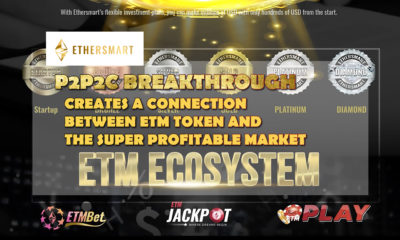
 Press Release5 years ago
Press Release5 years agoP2P2C BREAKTHROUGH CREATES A CONNECTION BETWEEN ETM TOKEN AND THE SUPER PROFITABLE MARKET
-
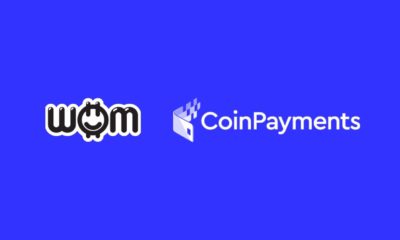
 Blockchain5 years ago
Blockchain5 years agoWOM Protocol partners with CoinPayments, the world’s largest cryptocurrency payments processor
-

 Press Release5 years ago
Press Release5 years agoETHERSMART DEVELOPER’S VISION MADE FINTECH COMPANY BECOME DUBAI’S TOP DIGITAL BANK
-
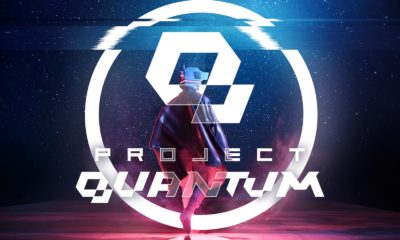
 Press Release5 years ago
Press Release5 years agoProject Quantum – Decentralised AAA Gaming
-
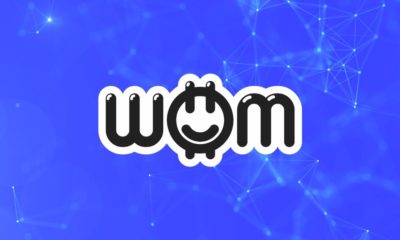
 Blockchain5 years ago
Blockchain5 years agoWOM Protocol Recommended by Premier Crypto Analyst as only full featured project for August
-

 Press Release5 years ago
Press Release5 years agoETHERSMART DEVELOPER’S VISION MADE FINTECH COMPANY BECOME DUBAI’S TOP DIGITAL BANK
-

 Blockchain6 years ago
Blockchain6 years ago1.5 Times More Bitcoin is purchased by Grayscale Than Daily Mined Coins






